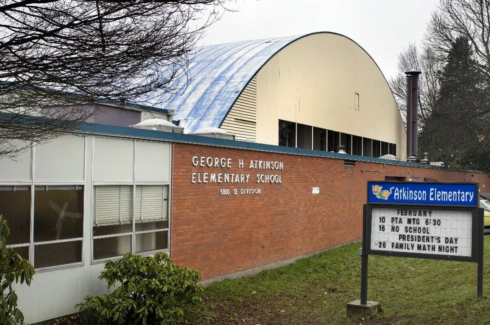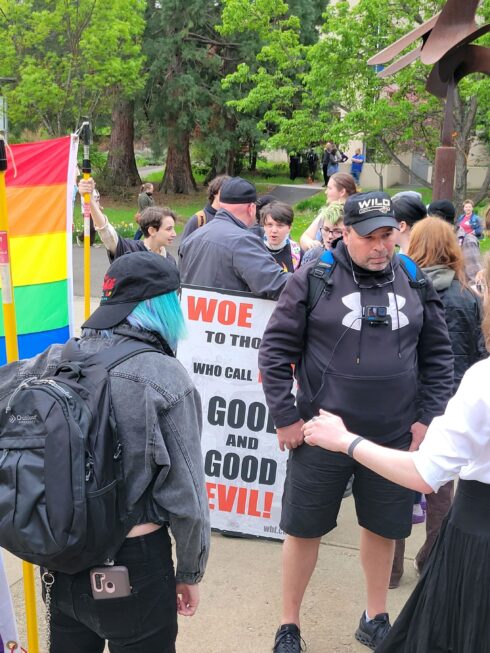Measure 90 may be one of the most important items on the ballot for SOU students this year. Never heard of it? It’s okay, that’s our job.
Measure 90 seeks to follow in the footsteps of California and Washington, who have recently changed their election system to what’s known as open primaries, also blanket primaries.
In the current Oregon electoral system, and most of the nation, only voters registered with a particular party are able to choose candidates in their party’s primary each election cycle, leaving out independent voters. For example, Republicans will choose the Republican candidate for office in the general election, and the Democrats will choose theirs, and so on. In the proposed “top-two” system, there would be no party restrictions to voting, and all candidates would be eligible in a single, open primary. The top two candidates in terms of votes, regardless of party, would then advance to the general election and would be the only ones to appear on the ballot for that position.
With the measure very close in most polls, it is helpful to look at the pros and cons of Measure 90.
For those in support, the measure means every voter has an equal say and there are no restrictions to voting. Steve Hughes, state director of Oregon’s Working Families Party, expressed his support by saying “of course, it opens the door for others who are not registered as either a Democrat or a Republican to cast votes in the primary races that decide so much of who governs this state.” Supporters also argue that the election process will open candidates up to wider depth of issues rather than just going along with their particular party platform. Candidates will now have to get votes from the entire electorate.
Of course, not everyone thinks Measure 90 is a good idea for Oregon, citing the effect it could have on minority parties. The Citizens’ Initiative Review Commission released a statement saying that Measure 90 “limits the voice of minority voters, minor parties, and grassroots campaigns.” They, and many others like the Green Party, believe that open primaries like the one proposed ultimately limit the ability of minor parties to make a difference in elections. Candidates of minority parties are unlikely to be in the top two of vote getters, and so will not have a chance to be on the ballot in the general election, potentially limiting their visibility and appeal to voters, most of whom do not vote in primaries and mostly pay attention to the general election. Still, supporters of Measure 90 argue that it is not parties that are ultimately important, but rather the voters that make them up, and that minority party voters will actually have a greater impact in these elections, even if their parties aren’t on the ballot.
The question to be asked on Measure 90 is whether or not it truly opens up the field to those voters who have never identified with one of the major parties, and would simply like to vote for the candidate they think best. If it does so then it seems worth supporting, but if it shuts down the voices of small parties, the issue is murkier. It is ultimately up to the informed voters to decide. This issue seems important to students, many of whom fall outside the traditional two- party, closed primary system, and who are perhaps looking for a new way to get engaged in politics. Measure 90 is an important issue for students to think about this election year, whether they support it or not.



